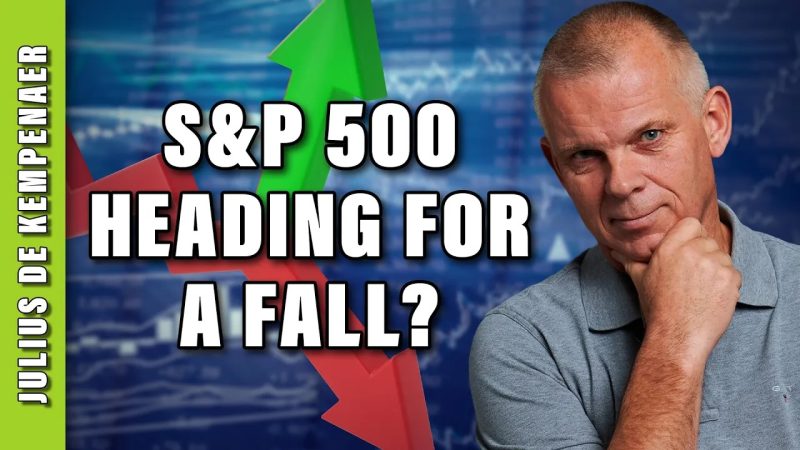In the world of finance and investing, one indicator that often captures the attention of market participants is the performance of the S&P 500 index. This index, consisting of the 500 largest publicly traded companies in the United States, is seen as a barometer of the overall health of the stock market. Recent developments surrounding the S&P 500 have sparked a debate among analysts and investors alike – is the breakout sustainable, or are we headed for a fall?
The S&P 500 recently broke out to new all-time highs, providing a glimmer of hope for bullish investors. This breakout was fueled by a combination of factors, including strong corporate earnings, positive economic data, and accommodative monetary policy. The Federal Reserve’s commitment to keeping interest rates low and continuing its bond-buying program has provided a supportive backdrop for equities.
However, some analysts remain cautious, pointing out potential headwinds that could derail the market’s upward momentum. One concern is the resurgence of inflationary pressures, fueled by supply chain disruptions, rising commodity prices, and increasing wages. If inflation continues to rise at a rapid pace, the Fed may be forced to tighten monetary policy sooner than expected, potentially dampening investor sentiment.
Geopolitical risks also loom large on the horizon, with ongoing tensions between the US and China, as well as uncertainties surrounding global trade agreements. A sudden escalation in geopolitical conflicts could lead to market volatility and risk aversion among investors.
Moreover, the sustainability of corporate earnings growth is another key consideration. While companies have delivered robust earnings in recent quarters, driven in part by cost-cutting measures and pent-up consumer demand, there are concerns about whether this level of growth is sustainable in the long run.
On the technical front, some analysts have pointed to overbought conditions in the S&P 500, suggesting that the index may be due for a pullback as investors take profits and reassess their positions. Market breadth is another factor to watch, as a narrowing of leadership within the index could signal underlying weakness.
In conclusion, while the recent breakout in the S&P 500 has been a cause for optimism among investors, there are several risks and uncertainties that could pose challenges to the market’s upward trajectory. It is essential for investors to stay vigilant, diversify their portfolios, and closely monitor developments in the macroeconomic environment. By maintaining a balanced approach and being prepared for potential market corrections, investors can navigate the current landscape with greater confidence and resilience.




























